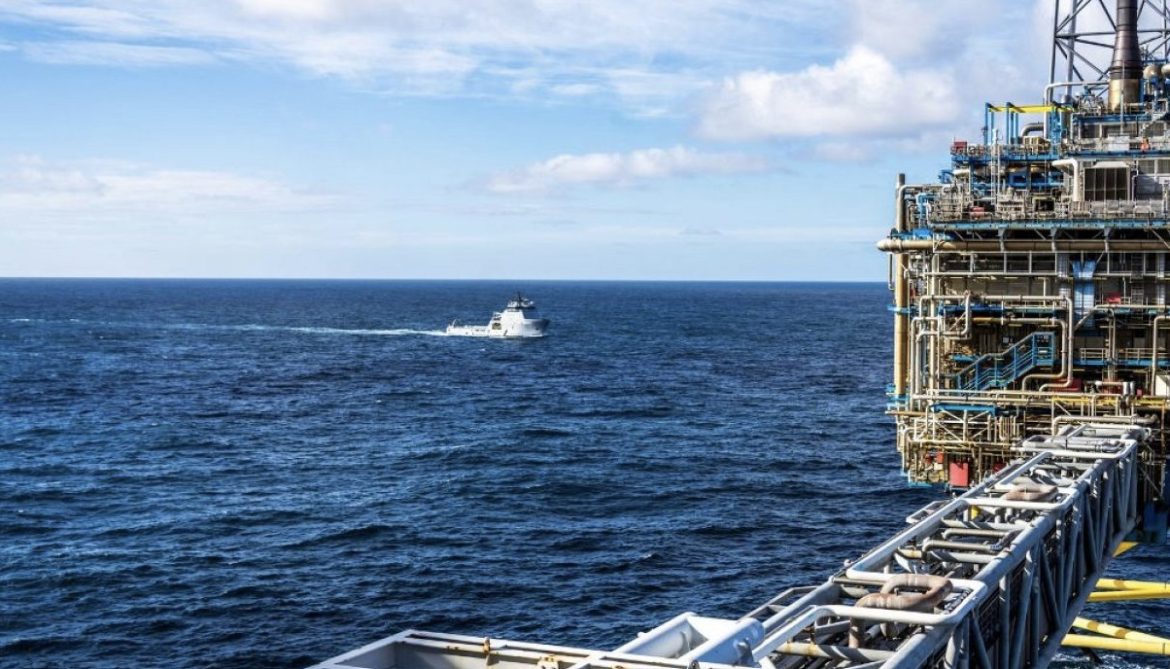Key Points
- Climate change drives stricter regulations on oil and gas companies.
- Extreme weather disrupts operations and increases infrastructure risks.
- Shifting consumer demand pushes investment toward sustainable energy.
An increasingly important challenge all over the world climate change is rapidly changing sectors all over the world. The consequences of climatic change make all but impossible novelties for the oil and gas industry that has long been in charge of energy production and utilization. These challenges impact not only the environment but also touched the functioning, the financial situation, and image. The following are the seven primary ways through which the changes in climate are impacting the oil and gas industry.
1. Enhanced regulatory pressure and policy modifications
In an effort to address climate change challenges, governments and intergovernmental bodies are tightening standards on extraction of fossil fuels and releases of carbon.
According to Gov.uk, they encompass net-zero commitments, carbon taxes, and emissions trading frameworks are financially and functionally regulating oil and gas companies. Sometimes these rules require that firms transition to renewable energy, shift to environmentally friendlier processes, or that they undertake carbon capture technology investments. These are obvious compliance issues because not following could result in fines, loss of activities, and loss of name worth.
2. Changing energy demand to point towards renewables
According to Mckinsey and company, climate change is the natural progression of turning the world to renewable sources of power like hydroelectric electricity, solar, wind. Recognizing the fact that executing cost effective renewable energy solutions has lower carbon footprint, consumers and business are putting much emphasis on technically suitable renewable energy solutions. This is reducing the consumption of fossil fuels, a fact forcing oil and gas companies to spread their investment portfolios, provide funding for renewable energy sources. Businesses are also also exploring options in bio fuels and green hydrogen as incidental energies in a decarbonized economy.
3. Physical infrastructure risk
Especially at the mercy of the physical impacts of climate change, such as hurricanes, flooding, and wildfires, is the energy sector exerting pressure on the oil and gas production. Coastal or sensitive locations’ refineries, pipelines and offshore oil platforms expose them to more risk or interference.
According to Uncc Rising sea levels threaten buildings, High temperature affects the efficiency of equipment that is used. corporate financial flows are significantly directing disaster preparedness and climate-proof structures so as to reduce these costs.
4. Investment risks and financial implications
Climate change leads to decision making by the investors being more conservative on the elements of Finance risk producers of fossil fuel investments. Pressure for doing more with sustainability comes from the divestment movements and the shareholders of the companies that they target. Non-compliant businesses therefore get less capital access and borrowing rates have also risen since financial institutions are also much focused and concerned about the long-term sustainability of oil and gas projects. This sort of financial scrutiny is making oil and gas companies demonstrate the commitment to sustainable development if they are to attract capital
5. Higher costs and operational interjections
Increased global temperatures and water scarcity due to climatic changes are becoming an operational challenge to organizations involved in oil and gas industries. It is getting scarce in some regions and therefore, directly or indirectly, it is a major resource on which refineries and drilling activities primarily rely. Heat waves are the sources of business intermissions and increased energy use in cooling equipment. While some of these interruptions increase running expenses it is important to know that they also interrupt manufacturing, and hence, the general profitability.
6. Changing consumer behavior and market dynamics
And as societies increase climate awareness, they increasingly view those operating in the oil and gas sector unfavourably. Customers are demanding more disclosure concerning emission and the impact on the environment. It has also resulted in raising awareness of business operations, environmental, social and governance (ESG) standards. Employing innovation that does not fit customer and market needs/requirements will lead to reputational risks, share loss and future brand erosion.
7. Legal challenges and liability risks
New lawsuits are emerging in the oil and gas industry the most of which center their relation with climate change. Despite these limitations, affected communities together with governments and NGOS have proceeded to claim compensation for climate harms from firms. Such legal cases can result to bad pay offs, and worsen the image of the industry even more. In relation to this concern, to minimize liabilities, some firms have incorporated sustainable practices and improved the social and ecological disclosures on their impacts.
Conclusion
New lawsuits are emerging in the oil and gas industry the most of which center their relation with climate change. Despite these limitations, affected communities together with governments and NGOS have proceeded to claim compensation for climate harms from firms. Such legal cases can result to bad pay offs, and worsen the image of the industry even more. In relation to this concern, to minimize liabilities, some firms have incorporated sustainable practices and improved the social and ecological disclosures on their impacts.



